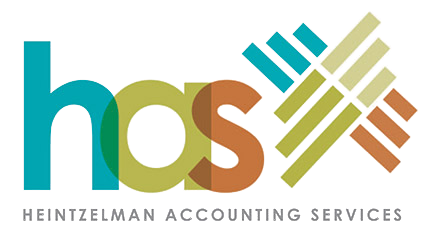As a small business owner, wondering how to save for retirement is something that you need to think about as early as possible. However, it can be difficult to do this without the help of an expert or the right tools.
You might not know where to start, or what types of retirement plans or exit strategy will work best for your specific situation and goals. Below, we outline some of the key steps to prepare for retirement, and how to get started sooner than later.
1. Run Your Numbers
First and foremost, you need to ask yourself a key question: “how much will I need to live on during retirement?”
Your answer to this question will be dictated by the answers to the following questions:
- What are your predicted sources of retirement income?
- Where do you want to live, and what is the cost of living there?
- Have you accounted for both the increased cost of living as you age, and the added expense of health issues?
- What age do you want to retire, and how much do you need to save each month to make it happen?
Getting an accurate sense of what your living costs might be when you retire can be done with free online retirement worksheets and calculators, or with a financial/tax advisor.
2. Have an Exit Strategy
The next important factor to consider is what will happen to your business when you retire. Essentially, an exit plan is the roadmap of how you will convert your business value into personal wealth for the next chapter of your life.
Will you pass it on to your family, or sell the company to another business or owner? Or will one of your employees take over and buy out your interests? It’s also important to have an early escape plan if health issues force retirement sooner than intended.
No matter what you choose, the exit planning process should continuously clarify your goals, desires and intentions. It should also solidify your vision for the business, your desired involvement during the transition and the leadership of the company moving forward.
When you reach this step, make sure you have the right legal and tax advice, as well as insurance coverage, before selling or transferring ownership of your company.
3. Decide What Type of Retirement Plan is Right for You
After that, you need to decide what type of plan is right for you. The most common options are SEP IRAs, SIMPLE IRAs and self-employed 401(k)s.
SEP IRAs
Generally, the SEP-IRA is the easiest small business retirement plan to open. Contributions to a SEP-IRA are limited to 25% of your income or $66,000 (in 2023), whichever is smaller.
However, many business owners can contribute more to a solo 401(k) than a SEP-IRA. Keep in mind that a SEP IRA is best for those businesses without employees.
Pros:
- Simplicity and flexibility
- Tax advantages and credits
- Early withdrawals
Cons:
- Inability to borrow against your savings
- Immediate vesting
- No catch-up
Simple IRAs
Designed for sole proprietors and businesses with 100 or fewer employees, a Simple IRA plan is often a cost-efficient way to contribute to both your and your employees’ retirement.
Simple IRAs are subject to maximum contribution limits, which are subject to change annually. That’s why it’s important to check the IRS website for the most current information. Keep in mind that annual employer contributions are mandatory.
Pros:
- Cost
- Early withdrawals
- Ease of setup
- Tax advantages and credits
Cons:
- Relatively lower contribution limit than a 401(k)
- Inability to borrow against your savings
- Eligibility requirements
Solo 401(k) Plans
Think of the solo 401(k) as a 401(k) just for yourself—or you and a spouse, if you’re the only two employed in your business. It provides many benefits of a typical 401(k) plan: tax breaks, tax-deferred growth, and even tax-free growth if you opt for a solo Roth 401(k).
With a self-employed 401(k), you can save up to $22,500 (in 2023) in your plan as an employee deferral, just as you would in a regular 401(k). Additionally, those over age 50 can make a catch-up contribution of an additional $7,500 (in 2023), as is typical for other employer-sponsored plans.
Pros:
- Tax advantages
- Borrowing
- Early withdrawals under certain conditions
Cons:
- Large amounts of paperwork
The Bottom Line
Each type of retirement account has its advantages and disadvantages depending on your situation. Some plans can even be combined, and you don’t necessarily always have to choose one over the other.
The good news is that you may be able to contribute to both a small business retirement plan and a traditional or Roth IRA. Additionally, you may still be eligible for a tax deduction with traditional contributions, depending on your income.
While It’s Important to Plan Ahead, It Isn’t Always Easy
Since many small business owners are busy working on their businesses, they often don’t have much time or energy left over for planning the next phase of their lives.
However, putting off planning until later could lead you down an unproductive (and costly) path where there are no right answers and no clear way forward. These steps (and many more not mentioned) are typically not done easily without expert guidance from a tax advisor.
At Heintzelman Accounting Services, we specialize in helping small business owners with their tax needs, including retirement planning. Contact us today to learn how our expert team can help you with your retirement planning from start to finish!


Recent Comments